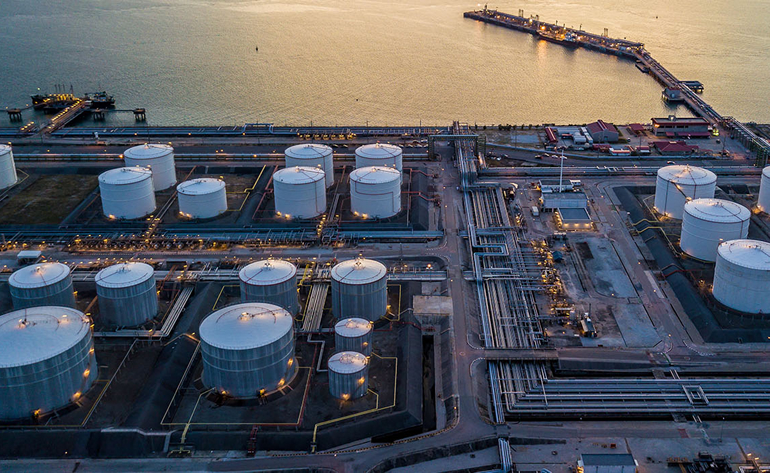


Due to the nature of our activities, we realize that we have a direct and indirect impact on the environment. For this reason, we aim to present ourselves as a company that is conscious of our environmental responsibilities and strives to minimize any negative impact on the environment that may result from our operations.
As a business, we acknowledge that our operations have the potential to cause harm to the environment. We are heavily dependent on resources like energy, water, and building materials, and as such, it is our responsibility to take measures that will reduce the impact of our activities on the environment. To achieve this goal, we have set strict environmental benchmarks for ourselves, which we strive to meet both now and in the future.
Environmental issues are an integral part of our HSSE management system. Our policy on HSSE stipulates that we use energy and raw materials efficiently, avoid environmental pollution, and promote environmental awareness among our employees so as to minimize harmful influences. For many years now, we have been recording the frequency of product releases and their volume, the amount of energy and water used and the waste produced at our sites and have established corresponding KPIs that enable us to better identify and evaluate our development. Additionally, in order to evaluate our impact on climate change, our holding company Marquard & Bahls calculates the carbon dioxide (CO2) footprint for the entire group.
As a preventive measure in lines with our HSSE management we furthermore monitor the groundwater quality on our tank terminals on a regular basis. The obtained data is evaluated centrally by our environmental experts.
Our company uses direct and indirect energy sources in its offices, and to operate facilities, sites, and vehicles. Direct energy consumption includes natural gas, heating oil and fuel for the operation of our pumps, boilers and operational vehicles. Indirect energy – mainly electricity – is used among other things for product pumps, lighting at our tank terminals, and last, but not least, the computers in our offices worldwide. Other indirect sources of energy that we use include district heating and, to a lesser extent, imported steam.
The most energy-consuming activity is the pumping that takes place at the tank terminals. To detect potential savings and take measures to improve energy efficiency, local activities are aligned with our detailed Energy Saving Guideline. At various sites, further potential for savings for the specific work environment can be identified and general recommendations can be derived.